The Article
9000CDT TRANSPORT FROM AUDIOLAB
10th February 2023

A stand-alone CD transport, Paul Rigby wonders if it measures up to other integrated players, its immediate competition and most of all, how it stands up to the mighty 6000CDT
I like CD transports. Rather, I have grown to like them after hearing how they perform when compared to integrated models. That is, instead of the integrated approach of containing the disc transport and the necessary DAC in one chassis, the transport separates the two. So you have the disc holding bit (the transport) in one box and the DAC in a separate box and the two linked via a cable.
In short? This allows each section to arrive in a larger chassis potentially holding better quality components because you have the space to hold them.
Separating the two parts of the CD player also means you lower the noise floor because components are not forced to sit, cheek by jowl, sharing vibrations, sharing electronic contamination and creating hot and steamy high-frequency noise together. I’ve said it before but HiFi is essentially anti-social. The more you separate components, the better your HiFi sounds.
Designers of CD transports know this.
The designer of this transport, Jan Ertner, is top man in Audiolab. He’s the chap who designed the company’s other CD transport, the rather lovely 6000CDT. So he knows what he’s doing.
VS 6000CDT: INITIAL THOUGHTS
So what about this transport? The 9000CDT. What does it give you? And what are the differences between it and the lower cost 6000CDT?
Those difference are pretty significant. For example, in the 9000CDT, available in black or silver, you receive a new tray-bearing transport, the bit that holds and accesses the actual CD disc. That means a new optical system and that means an end to the grab and play loading system and the reintroduction of a loading tray. I know many CD users out there will be happy to see that change.

Like the 6000CDT, the 9000CDT should reduce disc-reading failures because it also includes a built in read-ahead buffer. This should mean that damaged discs have a better chance of being read by this transport. On that subject? I must add that I didn’t have any issues playing the wide selection of CDs offered to my 9000CDT. The motor has also been fitted into its own enclosure with its own power supply.
The temperature-controlled master clock also promises low jitter but we’ll see about that during the sound tests.
VS 6000CDT: CONSTRUCTION & FEATURES
The construction of the 9000CDT is good. Very good indeed. In fact, I much prefer it to the 6000CDT. The 9000CDT has an aluminium base and chassis but it feels stronger than the 6000CDT. Because the 6000CDT was built to a price, its casework could feel a little tinny and, if knocked by finger tips, did come back with slight ringing. The 9000CDT feels stronger and better damped. It’s also slightly heavier than the 6000CDT.
The rear of the 9000CDT is basically the same as the 6000CDT with, from left to right, a rocker power switch and IEC power socket, trigger switches for automation plus a new addition, that is a new USB-A socket to plug in USB sticks to use as a separate source. Again, I’ll test this later on.
You also get optical and coax sockets. I’ll be using the coax port to connect an external DAC or rather, DACs. More on that soon.
The front-left of the 9000CDT exhibits a 4.3inch IPS LCD display – gone is the button array from the 6000CDT – which shows track information, your chosen source and settings information. Settings includes things like your chosen language, dimming of the display itself and more.
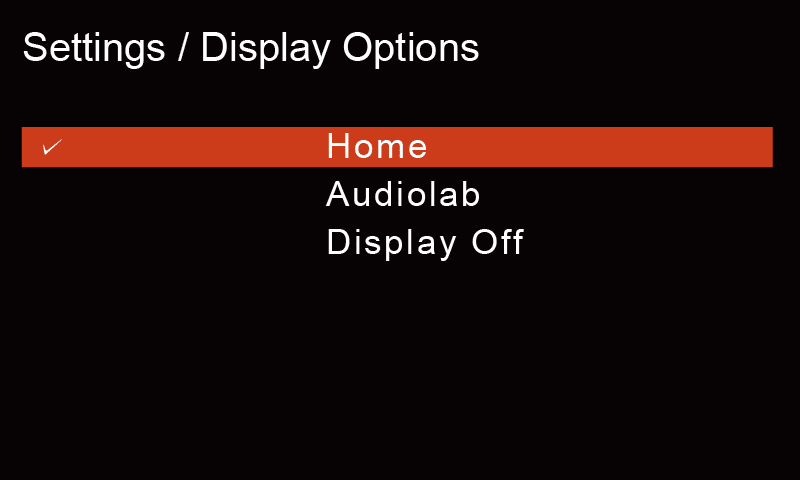
You can see that Audiolab has been influenced by the Omnia all-in-one with this screen. It works well on the 9000CDT. Information is displayed in a large and clear font and you know exactly what is going on inside by the animated images on the display. These animated images can be disabled if you wish.
To the right of that is the CD tray, eject button and rotary knob to select different functions such as track skip forward and backwards or – if the knob is pressed in – to play and pause your music.
Overall, the 9000CDT looks cleaner than the 6000CDT. The latter provides a host of small buttons and I have to say, when positioned on my rather shady HiFi shelf, I often forgot what button did what so often ended up shining a mobile phone torch at them to remind myself what each one did! Mind like a goldfish, I’m afraid. Hence, until the day that Audiolab go physical VU meters and chunky toggle switches, the 9000CDTs new, visual and rather simplified interface is fine with me.
Oh and a rather familiar remote control is also included with the 9000CDT, it’s the same one as supplied with the 6000CDT.
SOUND QUALITY
To begin I wanted to establish this machine’s credentials as a CD transport. To establish its relative sound position when compared to a standard integrated CD player. So I brought in a similarly-price Leema Elements which is an excellent performer as an integrated design. I recommend it if you’re after an integrated option, especially if you want a small footprint model.
VS INTEGRATED CD PLAYER
To retain the similar-ish price, I hooked the 9000CDT to a low-cost Topping DAC, the original issue E30 priced at around £130 or so. Meaning the combo was priced around £1,130 or £1,210 with the connecting QED coax cable in added to the mix. The Leema is priced around the £1,450 mark.
I began with a relatively simple, light-of-mood track from future Camel keyboardist, Pete Bardens who was in an Arlo Guthrie, Alice’s Restaurant kinda mood. This was a rather light-hearted song called Homage to the God of Light which was full of acoustic guitars, backing harmonies, lots of secondary percussion and cheerful whistling. I love the playful ending to this one.
The first thing I thought to myself when I started to listen to the 9000CDT?
“It’s a tambourine!”
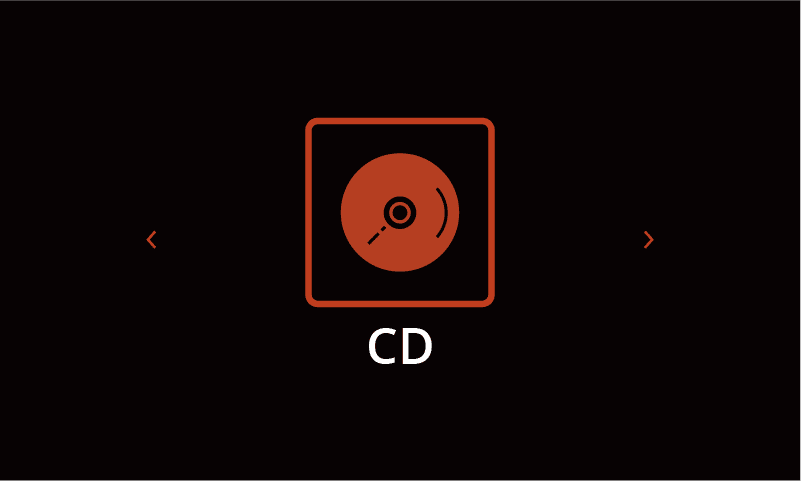
One of those secondary percussion instruments I mentioned? I wasn’t too sure if it was a maraca or tambourine or something else. The instant extra clarity from the 9000CDT well, clarified that point. So actually, clarity and detail was there in abundance because I could hear the little bell-like cymbals shaking their little hearts out as the tambourine was being struck.
Next, the lower frequencies helped the acoustic guitar sounds because I could now hear a deep resonance from the same. Almost as if you could better hear the bass notes from the guitar body itself.
Speaking of acoustic guitars, I also noted how much firmer were the guitar plucks. The strings sounded substantial. There was meaning behind those guitar movements, each string sound was notable, significant instead of just offering a pleasant metallic ‘ting’. The 9000CDT gave guitar strings a metallic weight.
More than anything else, I was impressed by how each instrument and each voice, was placed on the soundstage. The extra focus and precision firmly planted each of these on the soundstage. There was no sense of fuzziness here. Sometimes you can feel that the instruments and voices are a little ghostly, in that they shimmer and smudge in their position. The firm focus from the 9000CDT planted each firmly on the ground in a solid fashion.
VS ANOTHER CD TRANSPORT
Next? I moved onto more rock from Pete Bardens and an obscure early English prog band called Village who produced one of the – largely unknown – classic prog singles of all time back in 1969, the instrumental Man in the Moon on the equally obscure Head label which is way ahead of its time and sounds like a solo Steve Hackett number. It’s also my currently favourite track and one I have on rotation. This one features a sublime electric lead guitar, bass, piano, Hammond organ and drums.
This time, I brought in a similarly-priced CD transport from Heed. In fact one I have already reviewed HERE and highly recommended it is too. It is well worth its award-winning rating, let me tell you.
Thing is though, when you listen to the same track via the 9000CDT? Well, wow. Just, wow. The amount of space around the midrange makes the lead guitar sound like its floating in and around the clouds. The piano has a real focus, the notes come at you in a clean and precise fashion.
This track also appears on a CD reissue that is, I have to say, a tad bright in mastering terms. That’s why I picked it as a review sample. I didn’t want this hardware to have an easy ride. But you could hear the 9000CDT lower the high-frequency noise on this track. The reduction of the noise floor opened up subtle detail that was being masked by the bright upper mids which meant that Hammond organ crescendos were better represented.
I was also impressed with the bass guitar on the 9000CDT which seemed to sit in a 3D space around the stereo image area, between the speakers. This 3D effect added both complexity and rich character to the music. That is, the music sounded grown up, mature in character while the ears were being constantly pulled from one detail highlight to another.
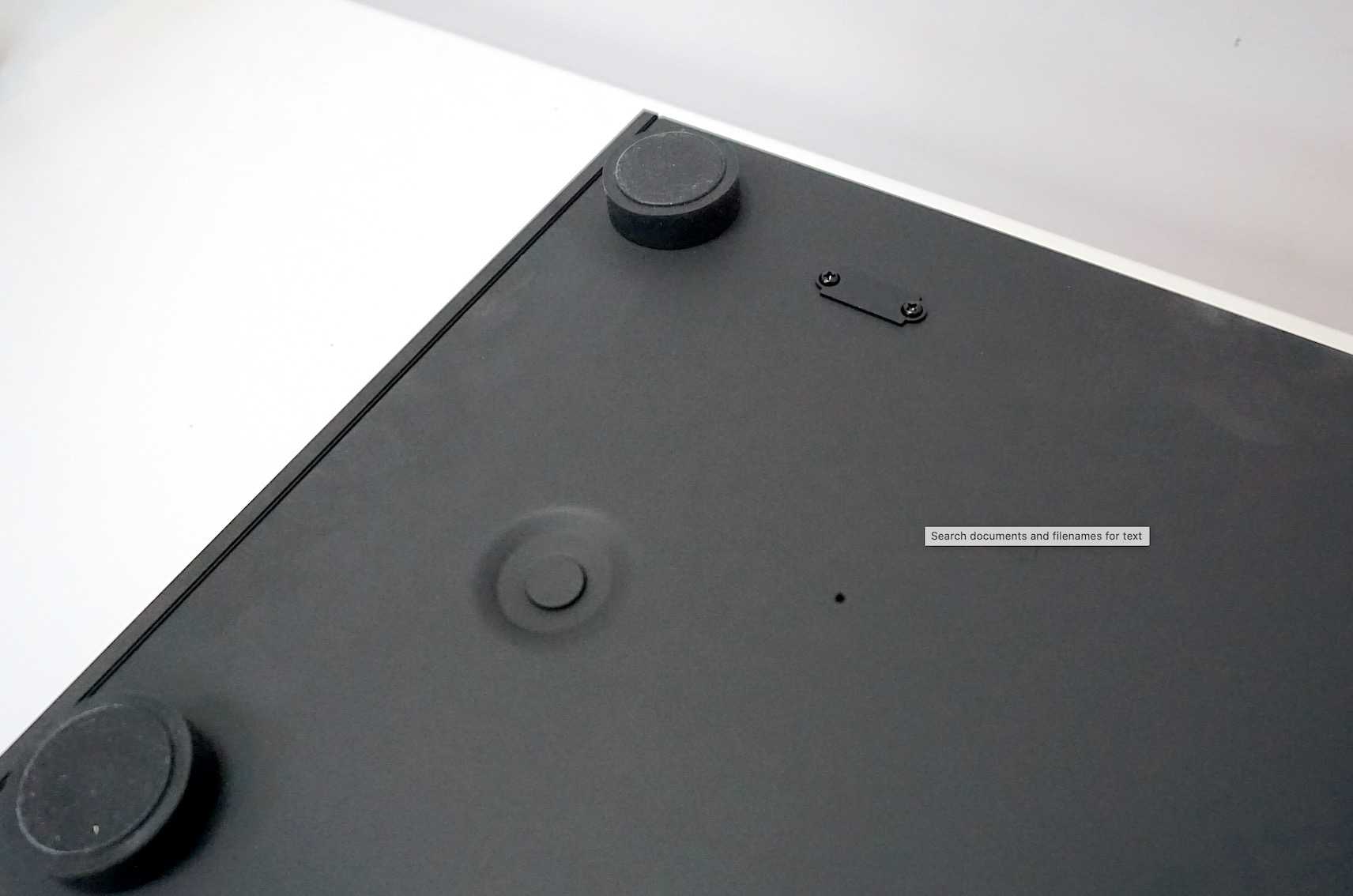
The Heed offered the better bass response in absolute terms but, like earlier models, the 9000CDT provided the better tonal balance. So the 9000CDT bass was here in abundance. The 9000CDT is certainly not bass light. There’s plenty here in the lower frequencies but the bass integrates itself into the mids and treble very well indeed so that that each frequency type easily slots into each other.
Music, therefore, sounds ‘right’. It sounds ‘correct’. There’s a real Yin and Yang thing roaming the soundstage with the 9000CDT.
Next? Well there’s the elephant in the room. The subject that we’ve yet to address. The big question.
VS THE 6000CDT
Is the 9000CDT any better or worse than the 6000CDT, also from Audiolab. The 6000CDT is a true, honest-to-goodness giant killer. In my mind, when it was released, hooked to a half-decent DAC via a coax cable, it decimated every single integrated CD player up to £3,000.
And then in walks the 9000CDT.
You can just imagine can’t you? The entire saloon falls silent. The piano player stops and looks over his shoulder. The barman hides under the counter.
Only one CD transport was going to walk out of that room.
To provide a level playing field, I maxed out the 6000CDT and hooked it up to my £3k Benchmark DAC. To my mind, this is the best quality DAC the 6000CDT can handle before it begins to falter.
Then I ran the 9000CDT in the same configuration. I played the title track of Mark Knopfler’s album, Sailing to Philadelphia featuring the vocal of James Taylor.
This track begins with a slow strum of the Knopfler electric guitar. Listening to the 9000CDT, right there and then I thought, “Ooooo.” Now, this is not the most insightful or complex critique I’ve ever delivered during my career, I have to admit but nevertheless it was a sound that came from the heart.
You see, that strum sounded rich and deep and full of resonance. And only some of that could be heard from the 6000CDT. Then the Knopfler vocal kicked in and there it was again. This time a rich, deep delivery. Knopfler’s words emerged from the gut. Not the throat, as the 6000CDT has it.
The 6000CDT offers a superb tonal balance. So does the 9000CDT but the 9000CDT has more bass to balance in the first place and its also better integrated.
James Taylor’s voice naturally sounded light, a little reedy, there’s a bit of the old nasal quality from Taylor’s voice but that vocal benefitted from a new definition via the 9000CDT. Added focus. Extra texture to give the Taylor vocal a new sense of emphasis.
All of this chat might lead you to think that I’m heading in a particular tonal direction. A warming direction perhaps? No. Not a bit of it. If you listen to the 9000CDT’s treble what you hear is still akin to the delicacy of the 6000CDT. You still get the spacious nature from the dynamic reach from cymbal hits. What the 9000CDT now adds is weight. The sense of a heavy cymbal being hit is now more apparent. You don’t just get the ‘ting’ sound from the cymbal. You also get a sense that this is a large piece of metal. There is a deep tonal response from the cymbal hits that blends beautifully with that treble-based delicacy.
And very quickly, before we end? I plugged a USB stick into the rear of the 9000CDT and listened to CD rips of Billy Joel’s My Life, Skunk Anansie’s Hedonism and the Sugababe’s Stronger. All sounded excellent. Possibly slightly drier in tone? Possibly lacking some of those rich qualities heard from the transport itself? Nothing bad though, it’s actually not a criticism and the music from USB is perfectly listenable but USB doesn’t thrill in the same why the CD source does.
CONCLUSION
Have you ever been to a HiFi show, visited a particular room, sat in one of the supplied chairs and listened to an expensive HiFi system valued at tens of thousands of pounds and thought to yourself, “Oh this sounds rather lovely. I wish I could afford it.”
Well, that’s how the 9000CDT sounds. But instead of costing tens of thousands, it costs just under £1,000. Also, you feel that this box offers great value for money. It has a luxurious tone, a rich and detailed response but it is also packed with high-frequency elegance combined with a frequency discipline that refuses to allow any of this information to get out of hand.
It’s this overall balance, the combination of the treble, mids and bass and how each fits into each other and how each provides space for each other that makes the 9000CDT sound so mature and grown up.
Do yourself a favour though. Buy the very best DAC you can afford and – don’t forget – grab the best coax cable you can afford. Otherwise that will become your bottleneck and you’ll ruin a brilliant CD transport.
Bottom line?
If you’re looking for a new CD player, listen to the 9000CDT first. If you’re looking to upgrade from your 6000CDT, listen to the 9000CDT first. If you are building a new HiFi system and you value the little silver disc, then listen to the 9000CDT first.
To me? Right now? As I pen the words? That’s where the 9000CDT sits. First.
AUDIOLAB 9000CDT CD TRANSPORT
Price: £999
Website: www.audiolab.co.uk
BUY HERE:
EUROPE – https://amzn.to/3xfJCSe
UK – https://ebay.us/bWhs9a or https://ebay.us/sb6ZFQ or https://ebay.us/vSyXmi
USA: https://ebay.us/OtUUWS or https://ebay.us/cmyGeq or https://ebay.us/WojaAw
GOOD: simple design ethic, value for money, rich and focused mids, tonal balance, finely detailed bass
BAD: nothing
RATING: 9
REFERENCE
Benchmark DAC2 HGC
Chord Qute HD DAC
Topping E30 DAC
Leema Essentials CD Player
Audiolab 6000CDT CD Transport
Heed Thesis Delate CD Transport
Aesthetix Calypso pre-amp
Icon Audio MB845 Mk.II monoblock amplifiers
Quad ESL-57 speakers with One Thing upgrade
Tellurium Q Statement cables
Blue Horizon Professional Rack System
Harmonic Resolution Systems Noise Reduction Components
CAD GC1 Ground Controls
Air Audio AC-2K Balanced Transformer
Russ Andrew Superrouter Grounding block
CAD GC1

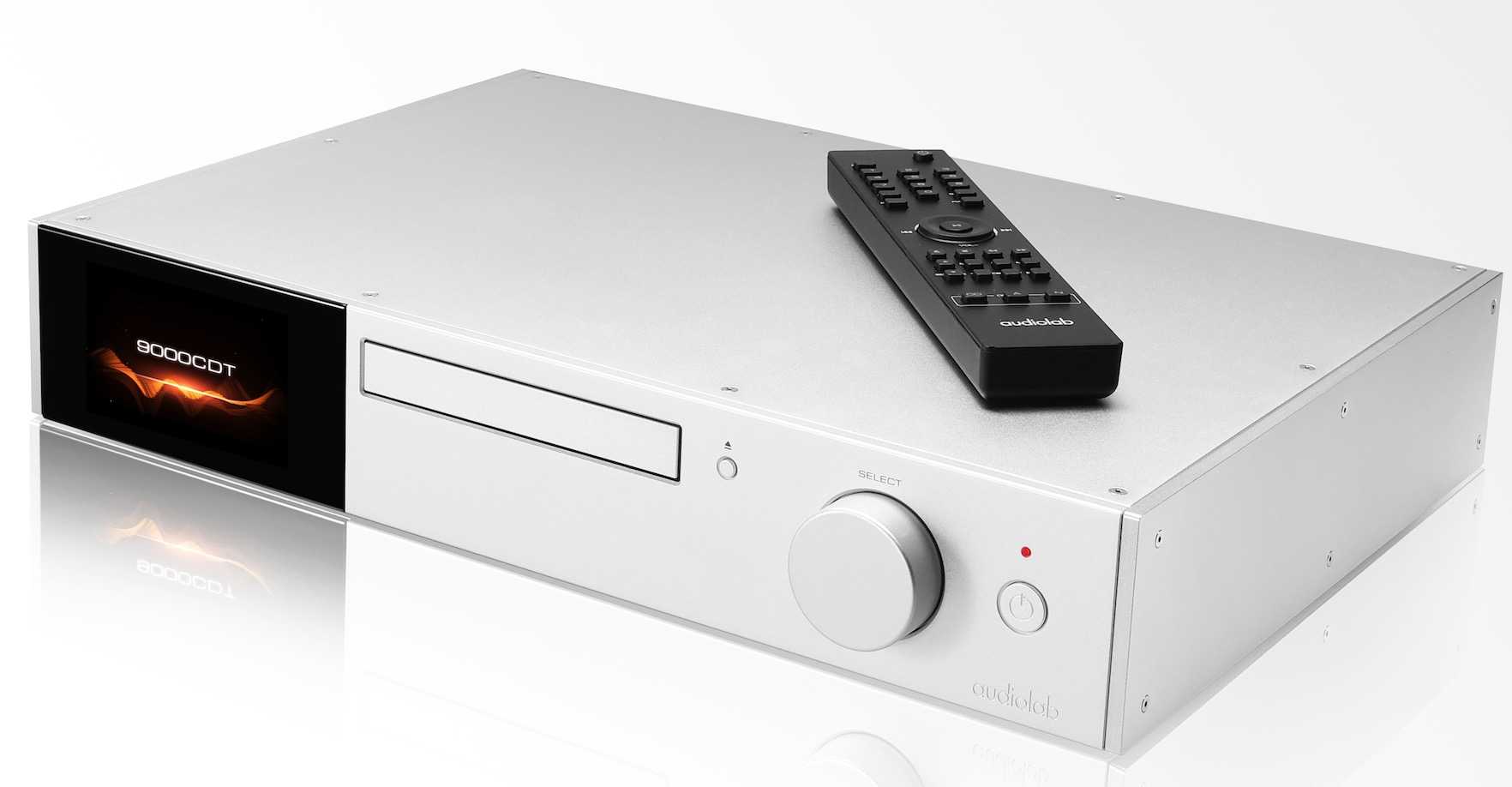
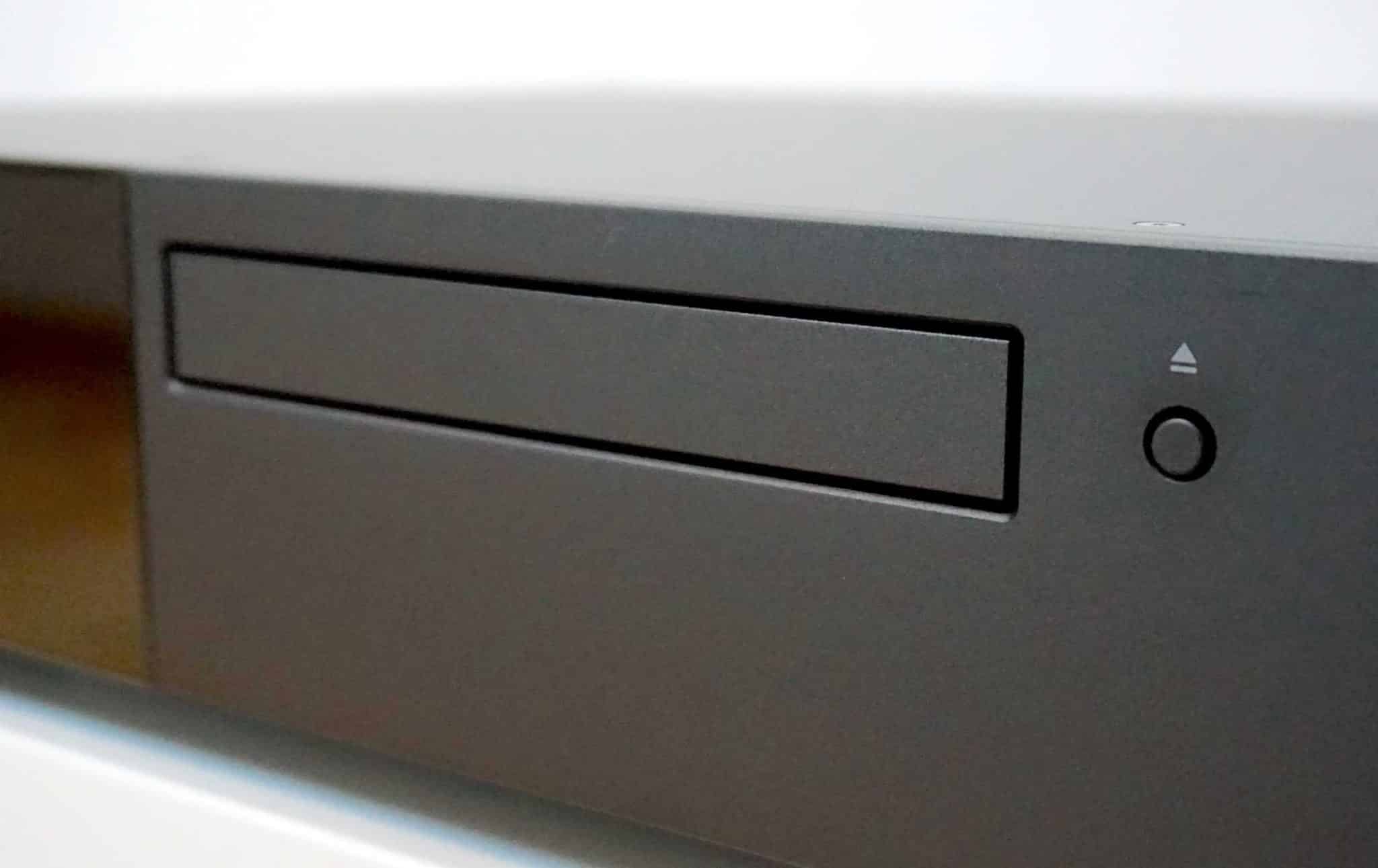
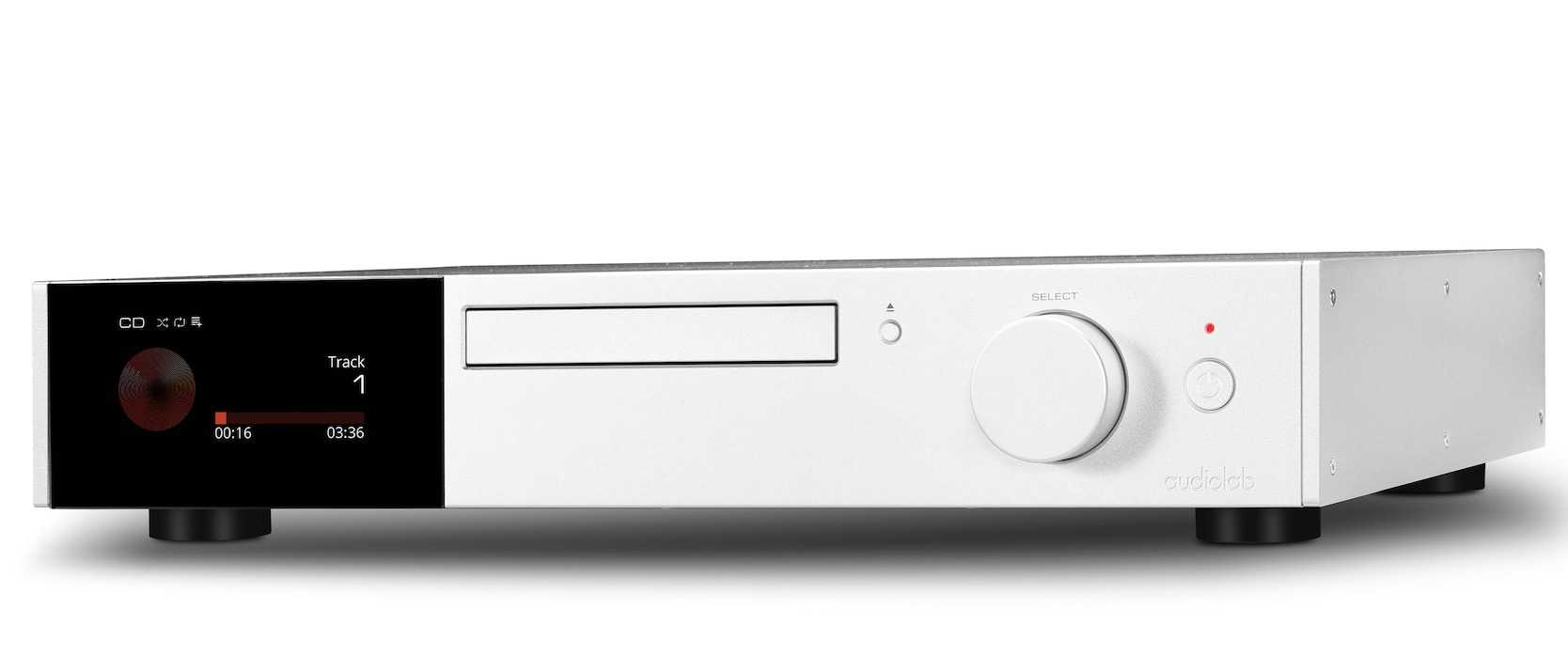
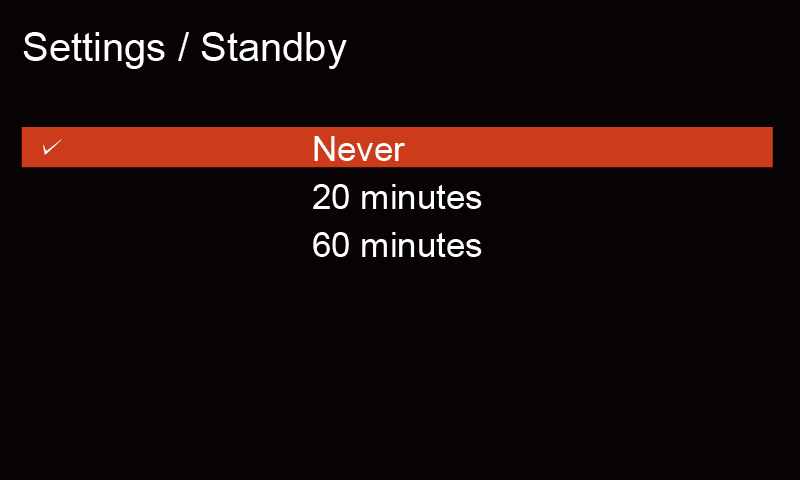
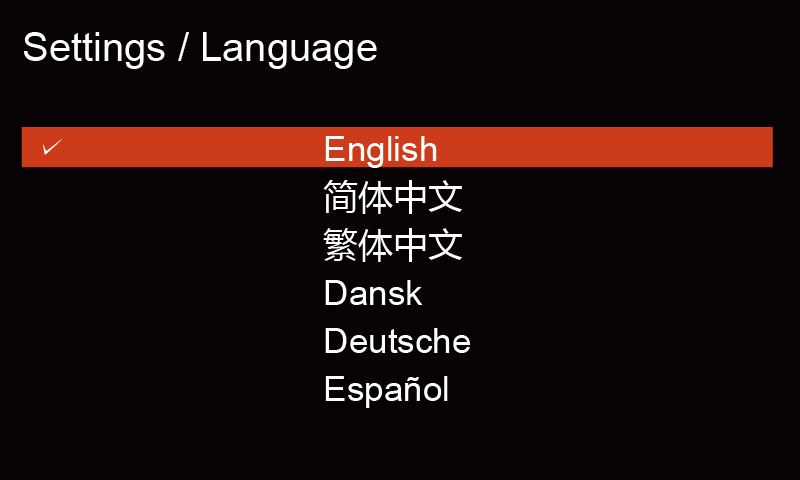
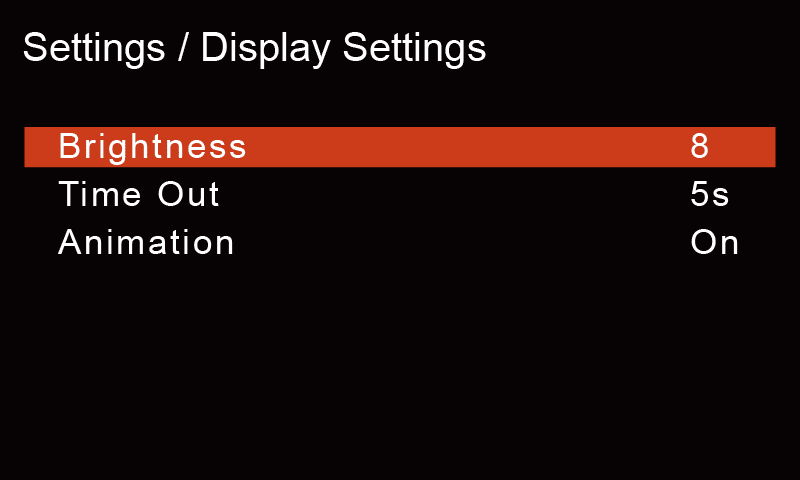
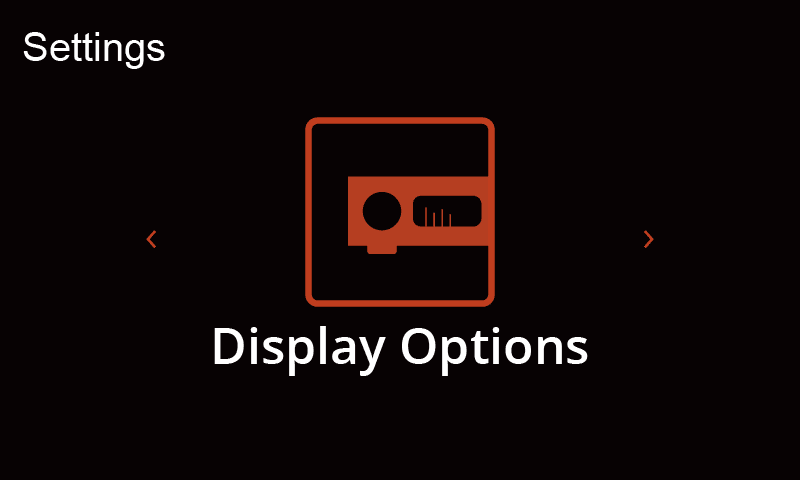
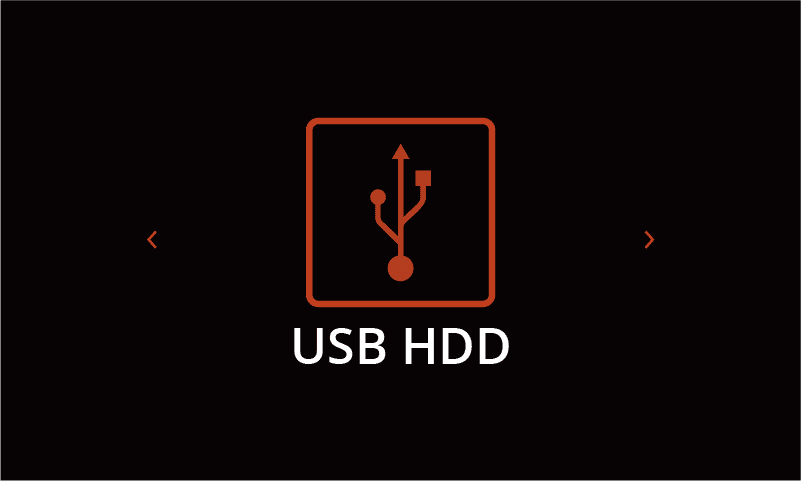



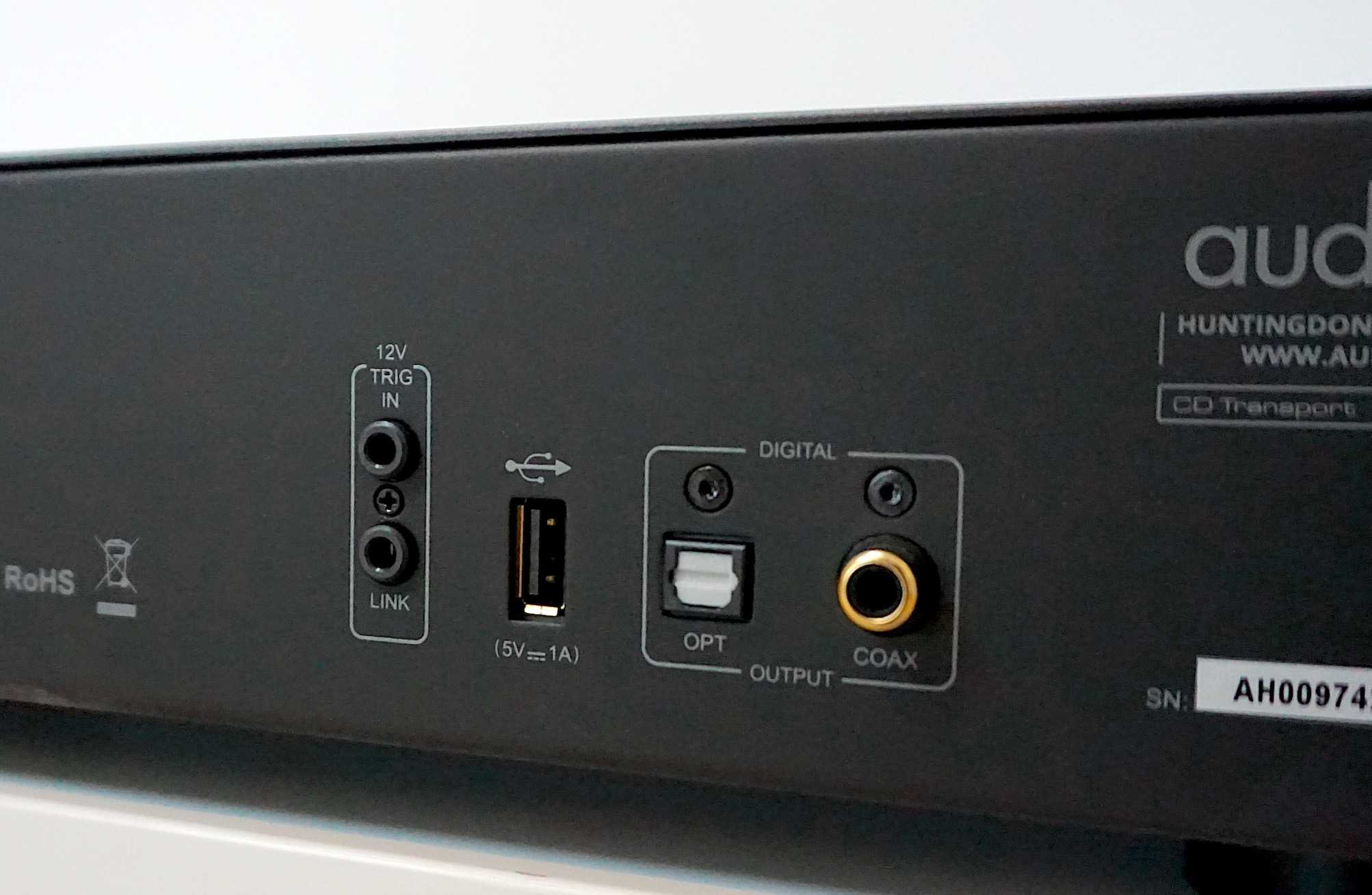
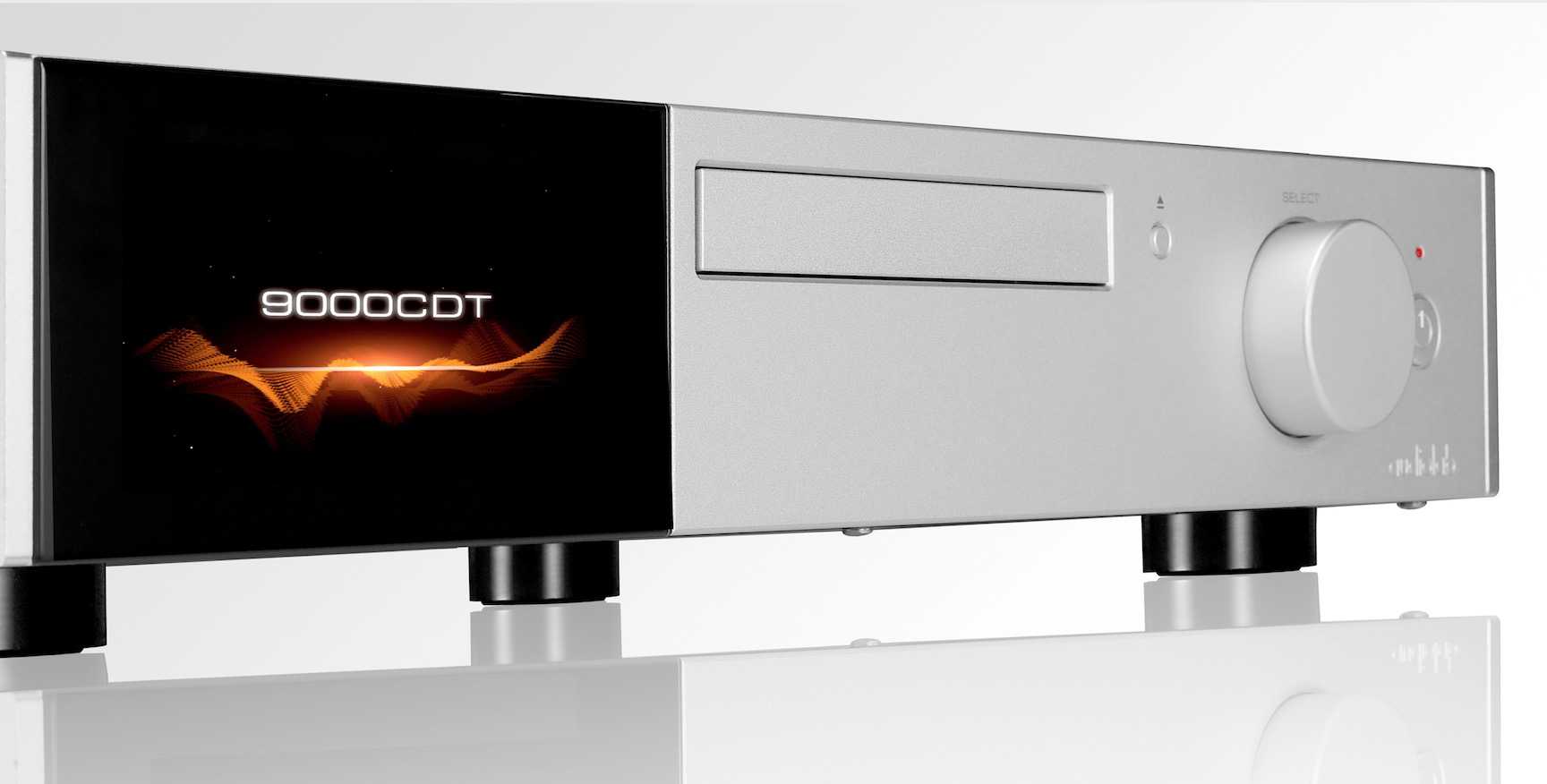

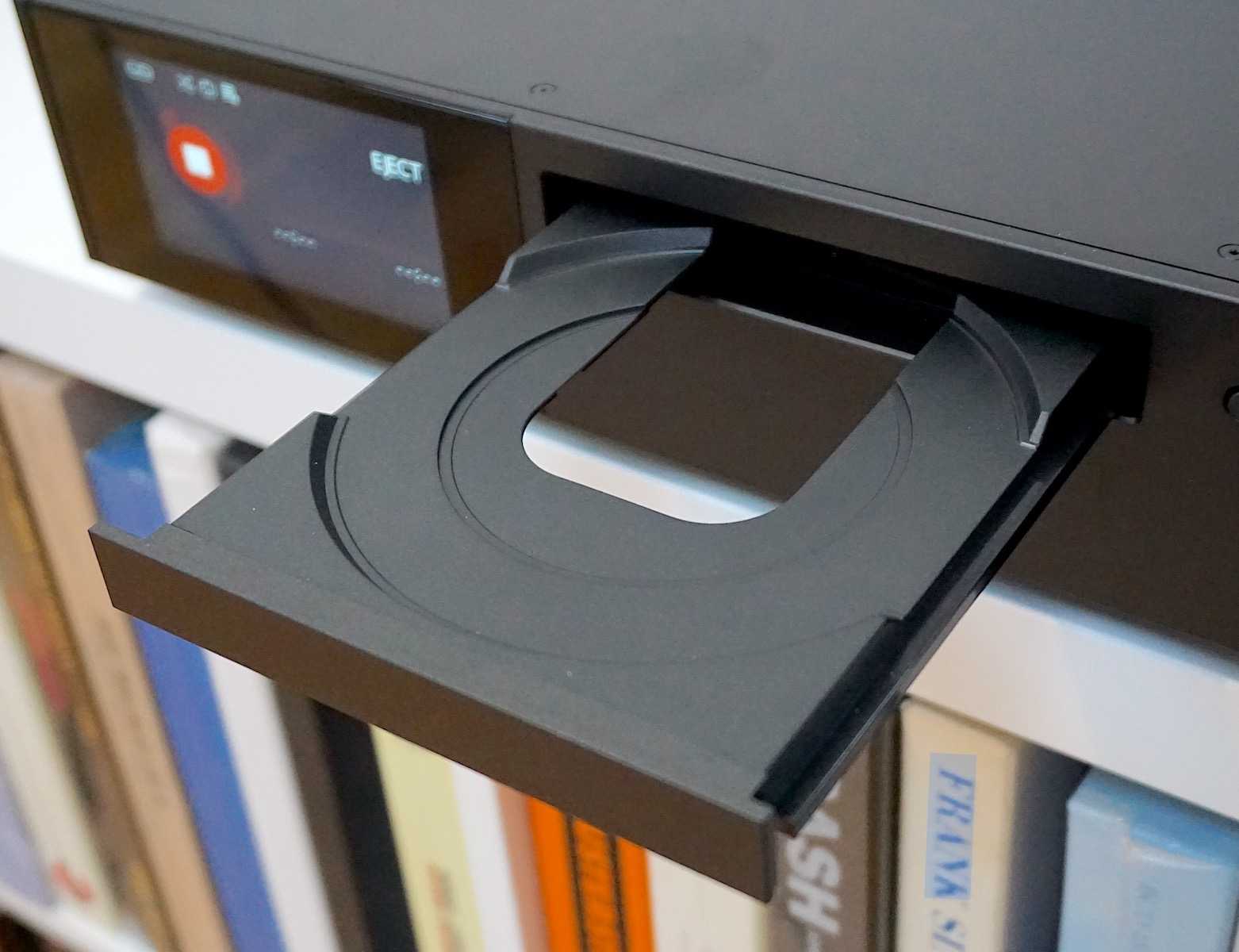
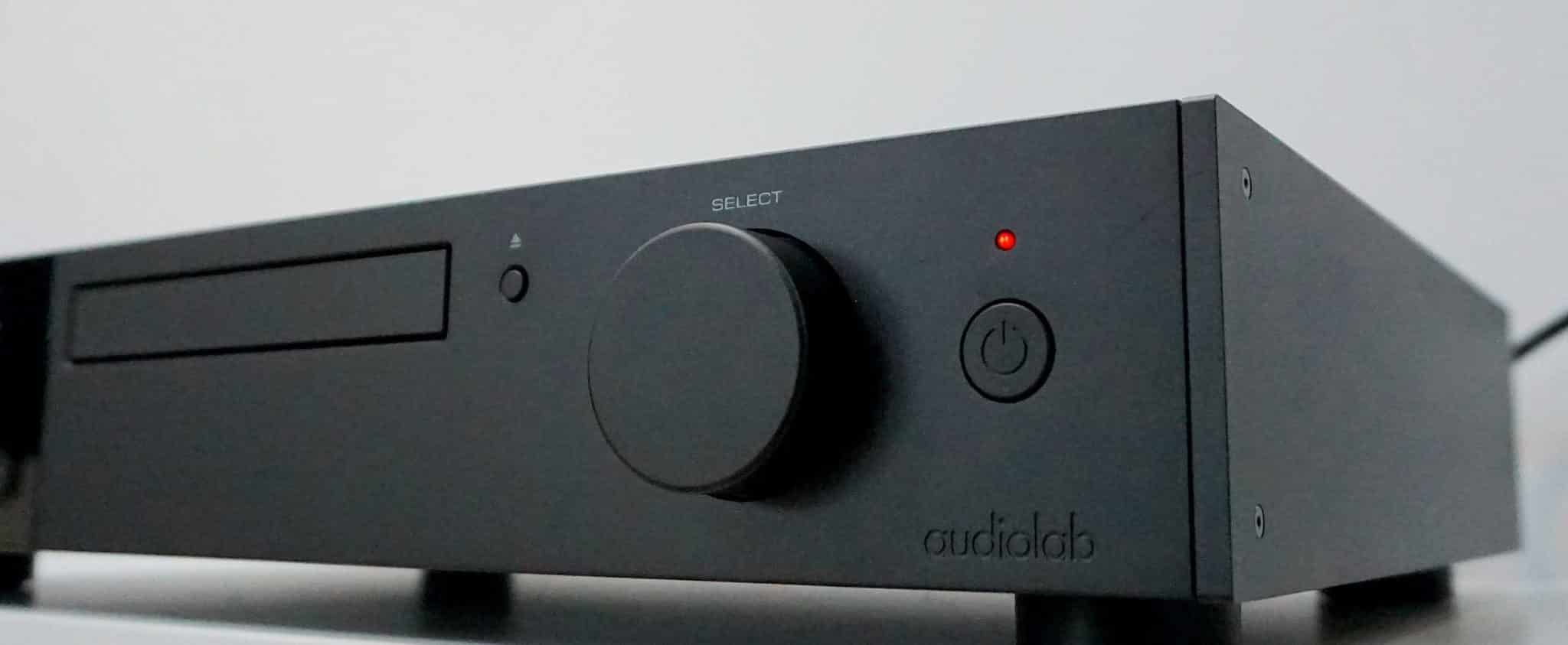
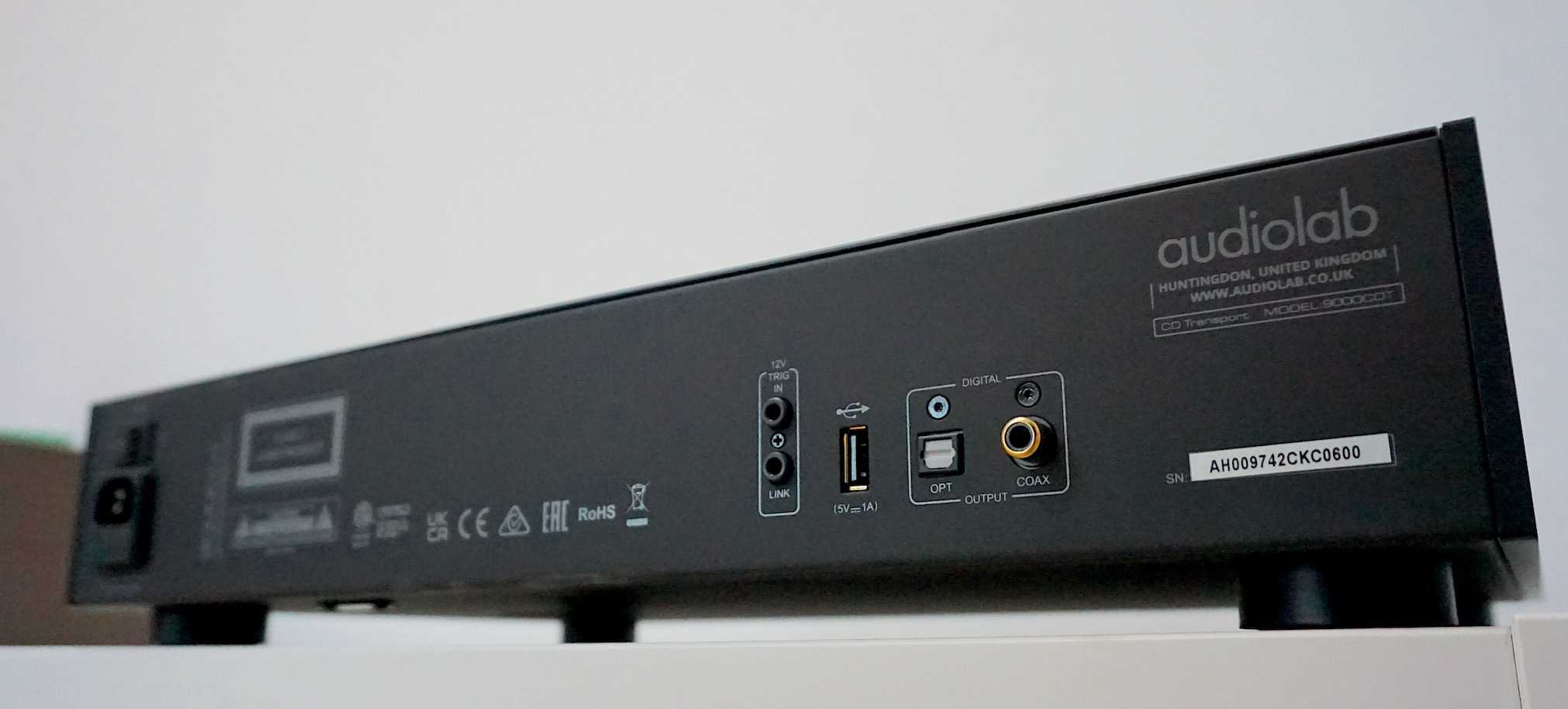

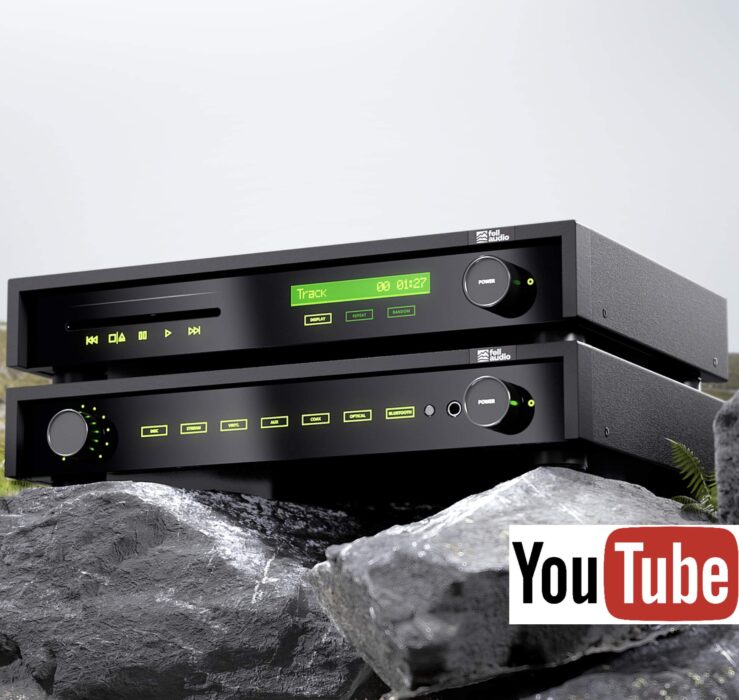

Paul, how about reviewing the Project RS2 T CD transport? I asked you to do this last year.
Regards,
Graham
If/when I get time to do that I will certainly consider it, Graham.
Thanks for this review. The 9000 appears, then, to definitely be on one’s shopping list, when looking for a CDT. I have been a long time fan of Audiolab equipment. Like you, digital is not my first choice. My foray into digital, started and stopped with a succession of CD players. Other than those, I have still yet to add a Dac or anything else digital to my system. Keeping it analogue, without preaching.
Hello Paul,
Jolly good review just what I was waiting for. I’m in the market for either a transport or the Innuos Zen MK3 s and forgetting any convenience factors which do you think would give the better sound quality? My DAC is the
T A DAC 200, Quad valve mono blocks and Tannoy GR Prestige speakers.
Regards
Gary
Hi Gary – the transport.
Cheers Paul I see someone else as requested the top loader Project which would be nice.
Regards
Gary
9AUDIOLAB 9000cdt) Hi Paul, you’ve done it again. As a very happy owner of a 6000CDT I am reacting positively to this review, not because you tell me what I want to hear (that the 9000CDT is no great improvement over my 6000CDT), but what I DON’T want to hear (that it improves on the 6000CDT). I want a 9000CDT. I will use it with the DAC I am using with the 6000CDT (Musicak Fidelity MX, with sBooster PSU). I want my CDs to sound as good as my LPs, and Radio 3 fm (magnum Dynalab FT101A, fed by Ron Smith Galaxie 17). LP is currently a work in progress (Technics SL1500C with Ortofon 2m Black plus isolation bits from Funk Firm and Origin Live – currently sounding far better than I expected – bargain!). I am 80, with a need for hearing aids, but I can still hear the benefits of better audio performance, and there is family and friends interest in my discards. This includes my small selection of RCMs, which have all been surpassed hands down by the Degitter Mk 2. I have many more vinyl LPs than I have time to play in what time I have left (so far, so good), which is actually quite a nice problem to have. Just need to hang on to the marbles. Stop rambling, Parsons! Thanks Paul. Keep up the good work, and it is very good work.
Very nice of you Bob and I’m glad you’re enjoying your music. How are enjoying the Degritter Mk.2? It’s on my ‘to do’ review list.
Degritter Mk 2 ia just brilliant. I’m amazed by how many of my old clunkers have been improved by this very robust but gentle machine. It’s not cheap, but it is brilliant value and is an extremely worthwhile investment for anyone who has a decent number of records. The cost is repaid every time I play one of my rejuvinated favourites. Any record is the cleanest it has ever been, including brand new ones.
Thanks Bob, I’m looking forward to comparing that with the Mk.I I have here.
Couple of errors – Musical, not Musicak: Magnum, not magnum, Degritter, not Degitter. There are probably others, but I can do without accidental puns>
You responded to this Paul. To save any misunderstanding.
, I was correcting my own errors (add. not>). I wouldn’t presume to correct yours, even if I could find any>
I know, Bob 🙂 Well, I realised later, hehe so deleted my reply. And I don’t mind if you correct my errors. Despite my love of words, I sometimes I get busy or just tired and mistakes happen so ‘fine tuning’ improves the experience.
I bought the CDT9000 and am getting used to how much more detail I am hearing. This is not achieved at the expense of the music. BUT – there’s always a but – I have quickly realised that, good though the MX DAC undoubtedly.is, the CDT9000 deserves rather better. Pondering that one. I’m going to sell some of my snare drums and cymbals, and some of my mixers and CD recorders. Not forgetting to keep an eye on your reviews. I’m supposed to be preparing for the inevitable, not immortality.
Hehe
Agreed,just bought Holo May Kte3 dacto go with it
Very nice review, thank you. Would using a good transport such as this make for better CD rips, compared with the computer’s built-in cd/dvd drive? If yes, what is best way to connect the transport to the computer? It appears Toslink and s/pdif on RCA plugs are the transport’s only output options. A USB out would work if there were one.
Hi ABJ – anything that blocks high-frequency noise, vibration, etc from the source signal has to be a good thing. Computers are great workhorses but they are not as good as a specialist tool and I’m all for using the right tool for the job. Not sure of your computer set up there but coax is the best lead from the CDT because the CDT port has extra work on it in terms of reducing the noise floor.
Just before the (premature) end of the Second Millenium, I treated myself to a CD Recorder, a Pioneer CD-R609, which cost me ¬£300 from Richer Sounds. The sales guy said that Pioneer (add Philips/Marantz) needed to sell them for ¬£600 to make any profit. They were being sold for ¬£300 just to get them off the shelves. These were (still are) very good recorders, but too late. In particular they had very high quality ADCs and I found analogue recordings, from fm radio and vinyl workrd very well. So well in fact that as soon as mint and/or litle-used examples started to appear at very low prices I bought six of the Pioneers, and two of the Marantz version (I prefer the Pioneer). They still appear on eBay. This is still my chosen medium forthe CD-Rs I use for prentations to u3a jazz groups. I used to present to big band societies, until the audience died (literally). Digital recordings (ripped CDs) work very well, and are even improved by reduced error content. I’ve not found anything that sounds better, particularly as hi-rez home-recording doesn’t have a big market, and I use upampling DACs. The discs are solely for use with these machines and are just blank CDs. I will probably leave a lot of CD-Rs and -RWs to my estate. I have no need of a special COAX to USB lead, and there is no market as far as I know.
Thanks for your thoughts on CD recording because it’s a subject that strikes a chord with myself. That is, I always thought it was a shame that this side of CD tech, the recording side, was treated as a fad. There was a brief window for recording hardware and then – poof! – they were gone. I wish they had had more audiophile-like attention paid to them. I understand why they disappeared but I do believe that this niche corner of the CD universe was terribly under developed. It had and still has lots of potential.
Interesting review!
My only criticism is that you didn’t compare it to Tidal Hifi or even better Tidal Hifi Plus using MQA.
You can have quite a few months of Tidal Hifi for that price of the Audiolab CDT…
You can test forever Matthias. In fact, I do too much as it is. My reviews take too long and my videos are too long. I need to pull back and not add to the list by extending my videos by another 10 minutes and my text reviews by another 500 words. I would advise a demo to experience those features I miss.
Paul,
Thanks so much for the in-depth review of the Audiolab CDT-9000. It seems like a real winner.
Have you tried any of the Audiolab DC blocking, powerline filters? It would be interesting to see what the sound quality of the components would be with and without the DC filters. This was not as big of an issue years ago when most everything utilized IE core transformers which, by design, act as a filter to said DC infiltration in the AC power. With the onslaught of Toroidial transformers, switching supplies and other influencing factors, it has become a big issue. Toroids by nature do not filter. They are quiet, less expensive and easier to employ in close proximity to other electronics with less field stray. This is all good, however, they have other problems by allowing powerline noise to seep in. It would be interesting, especially with digital transports and converters, to see if filtering out the DC in the AC line would lower the noise floor and improve the sound quality. Food for thought.
Thank you, once again, Paul for your work here. I sincerely appreciate the in-depth detail and care that you take in preparing your reviews and commentary.
Best regards….John
Thanks John and thanks for the DC reminder. I did mention this to Audiolab but it was forgotten in the hullabaloo around the 9000A and CDT.
Paul, would the 9000cdt be a good match using the DAC in my Marantz SA8005? I also have a Parasound ZDAC V2 and Rotel 1580. In your opinion,which one would sound and perform the best? Thanks,Mike
Hi Mike – you could certainly use the CDT with the DAC in the Marantz and that would sound nice but performance will improve if you use a dedicated DAC. So the Parasound is the nearest component you have from this list, I reckon. It would certainly outperform the Rotel which is what, an AV amp? Have I got that right?